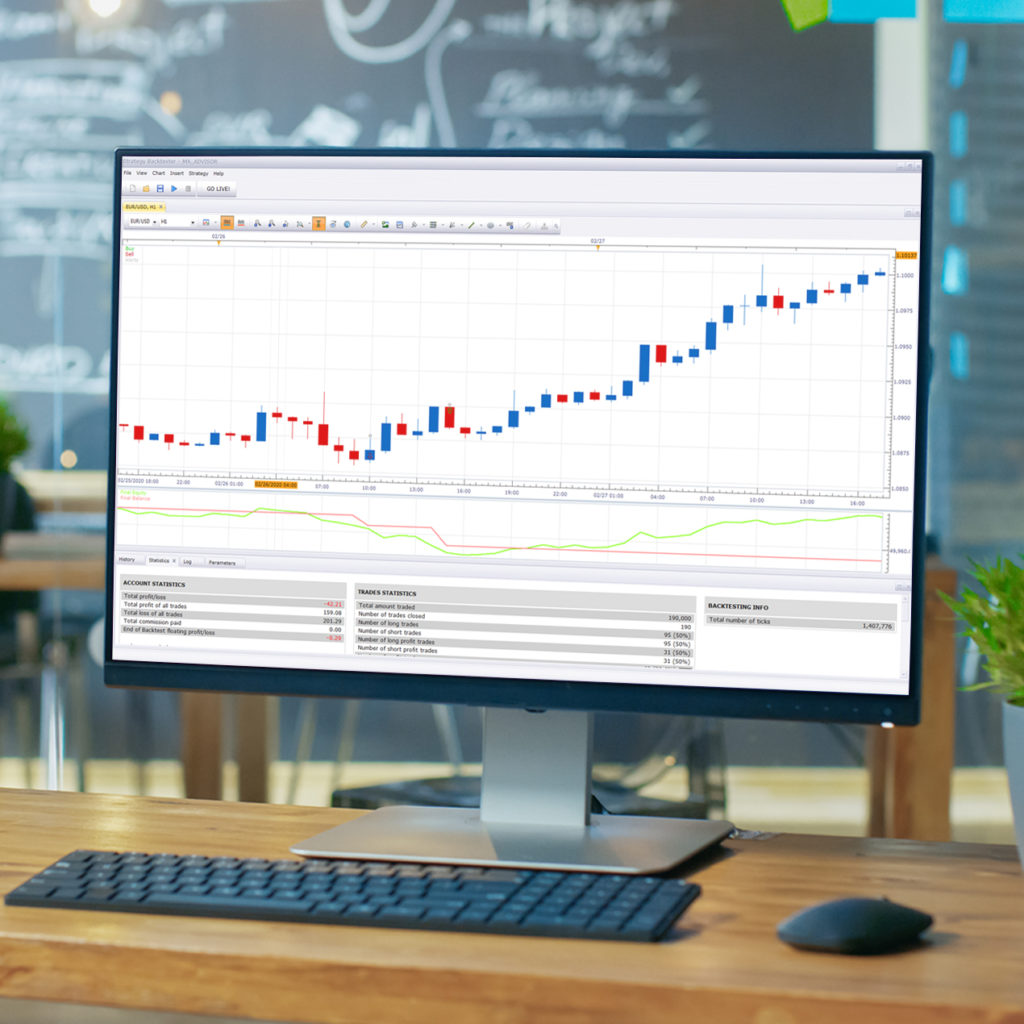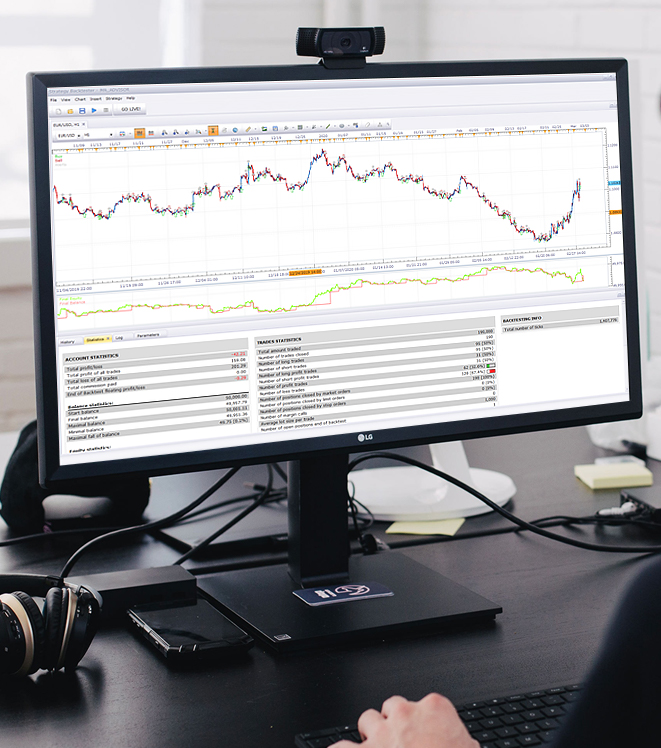Live Market Simulation
A live market simulation engine that emulates real market conditions.


Due to the growth of robo-trading it’s vital that these traders have a means to test new strategies or analytical methods based on historical data. And while many trading platforms offer backtesting, few of them offer a way to simulate live market conditions such as limited liquidity, partial order execution, price slippage, and more.
The goal for FintechOps was to make FXCM the first brokerage to have a live market simulation engine integrated into their trading platform.

It was imperative that we seamlessly integrate the market simulation process into the existing desktop terminal, which traders were using to write and debug their automated trading strategies and market analytical methods. Consequently, we built a module based on a Lua virtual machine—which is highly performance optimized—to run complex, high-volume market simulations.
It was imperative that we seamlessly integrate the market simulation process into the existing desktop terminal, which traders were using to write and debug their automated trading strategies and market analytical methods.
This meant a trader could easily set market parameters and then test their strategies. Parameters could include market liquidity and price slippage values, while strategies could be designed using the platform’s 15 order types in any combination. And while backtesting on a competitors’ platform limited a trader to 40,000 bars of historical prices, they now had 300,000 bars available to them.

- FXCM’s platform became the first to support live market simulations that emulated real market conditions. More and more traders who preferred robo-trading along with manual traders who developed advanced indicators and oscillators began to adopt it.